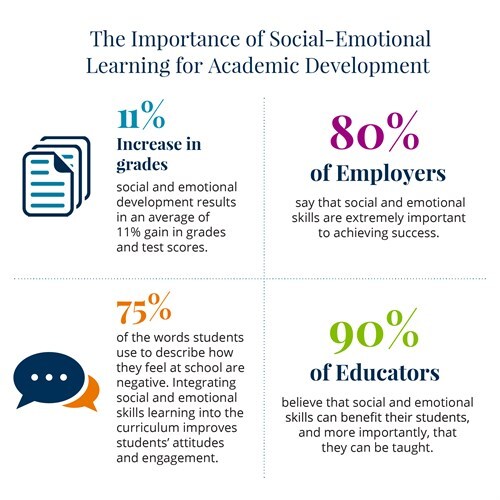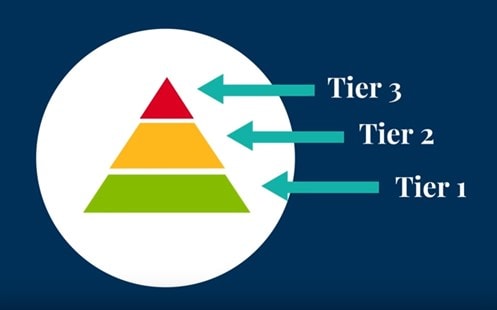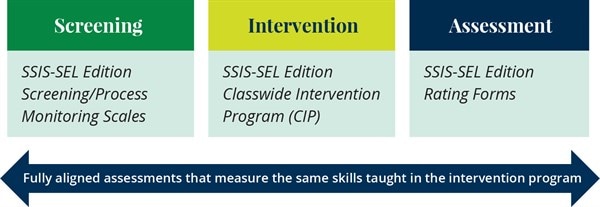Learning Technologies as the Future of Learning: Understand, Implementation and Evaluate
With the global work environment rapidly changing, the future of learning is having to adapt. In today’s world, to maintain a healthy career, we need to adopt a lifelong approach to education that is more flexible and dynamic, with equitable systems of preparation. And within this, technology plays a part.

At SAPE’s (Singapore Association For Private Education) annual conference on “The Future of Learning” conference held at James Cook University in October, Singapore’s educators heard from Efficacy and Research Manager, Ms. Goh Lih Ing, on the role of learning technologies in the future of learning.
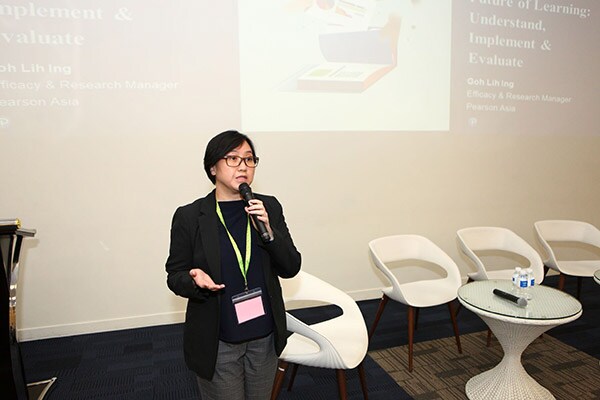

However, merely adopting technological pedagogies into the classroom without proper understanding, implementation and evaluation, will not work. Over the next three to five years, as the future of employment unfolds, it will become increasingly evident that solely relying on technology will not make students more employable; it’s what makes them human that will sustain them throughout their career. Therefore, before introducing any new technological learnings, we need to identify why they are required in the first place and what problems exist that need solving? There is little point in merely introducing technology without a clear understanding of what and how it will help: it needs to be combined with critical thinking to comprehend the issue in hand and, more importantly, collaboration, so the best solution is introduced.
Collaboration is the cornerstone of technology implementation; it helps shift the education playing field from an instructor-led classroom style to a more dynamic and personalised work-based system, relevant for tomorrow’s workforce. We cannot be lone rangers and do everything ourselves, collaboration is a fundamental aspect of teaching, along with industry experience, experiential learning, problem-solving and working in teams.

Over the last ten years, there have been increasing studies highlighting the validity of technology-enhanced pedagogies. However, with mixed results from different deployment of technology in the classroom, how do we find the appropriate learning technologies that consistently produce positive outcomes? And how are those conclusions defined? Before any technology is introduced, there needs to be an appreciation that learning is complex and non-linear; learning objectives may not necessarily be hierarchical or sequential. For example, higher order thinking skills are unattainable without fundamental domain knowledge; thinking skills’ development is impossible without the foundational skills of a chosen discipline, at the same time rote learning is not enough on its own. For technology to play an important role in the classroom, there needs to be adequate understanding of how learning occurs and how technology can enhance this learning. Unless we possess a fundamental grasp of what the chosen technology can offer, the performance gaps it seeks to close or bridge and its overall purpose and goals - it’s worthless. Going forward, as educators, we need a clear direction and a systemic conception of learning technology.
Collaboration is the key to effective implementation
Success in the classroom is developed may be likened to an invisible triangle which links our interaction with the content and the student. If there is no engagement, there is no attention. If there is no attention, any instruction is futile, regardless of whether technology has been employed or not. Therefore, when introducing any new technological pedagogies, it’s not just about technical specifications but ensuring that every part of the “triangle” – the content, the instructor and the student is supported with an effective ecosystem along the innovation journey.
To do this, there needs to open discussions with each and every stakeholder. Although this is a challenging process, it’s necessary as it involves the dynamics and interplay of skills and knowledge. Without collaboration and agreed set of goals, stakeholder buy-in is also impossible. If there is a lack of belief among stakeholders that the product will solve their specific issue or reach their intended goal, it will be rendered useless – otherwise known as a white elephant.
The key factors that affect data
We can’t know if using technology in the classroom will actually help, unless there is a mechanism that facilitates the process of extracting data that help us understand technology’s impact and whether it’s making a positive difference. A mid to long term goal for using technology means that we may not expect immediate results, hence the need to attend to the leading indicators in the interim, and to be aware that some key factors can create disparate results. For example, when the same product is used by different people, differing outcomes are likely to occur. Also, with many conclusions based on prior knowledge and the actions of students and educators, results are never immediate, they take time. Therefore, when using any new technological methods, a sufficient test period needs to be in place. Although this can often be a slow process, the good news is that with success relying on collaboration and buy-in across the whole team, time is a crucial factor that can frequently provide this. Allowing for more time also delivers the opportunity to implement any necessary changes if early experiences with complex technology have highlighted issues.

Technology alone is not the answer
With a greater emphasis on learner-centred education in today’s classroom, we need to ensure that students remain interested and engaged. This means that the success of any new technology requires more than just the software, it must expand beyond this and enable learners to experience a broader education which supports a more fulfilling life; one that includes more options and choice and is able to cater to the changing needs throughout a person’s career.
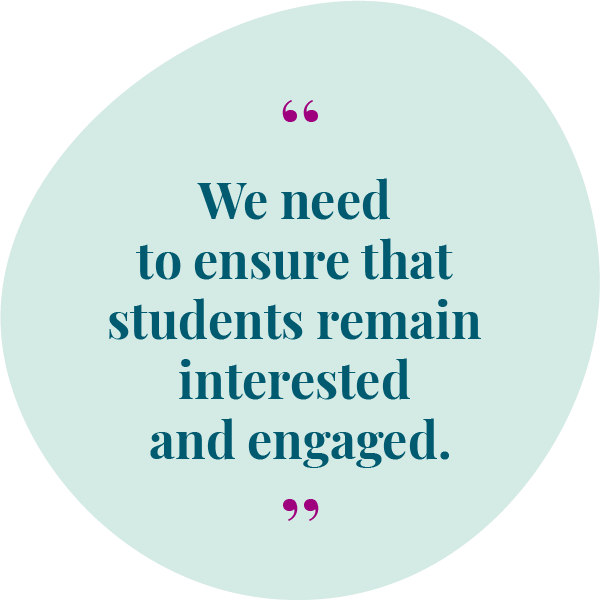
However, despite the shifting of roles and occupations in the work environment, it is interesting to know that core values don’t change. Everyone has the opportunity to learn distinct skills and knowledge that are essential at every juncture of their career to remain relevant. With technology perceived as the enabler for learners to learn better, faster or deeper, such that they can pursue a rewarding life and career, more learning options derived from technology will assist in catering to a student’s shifting needs during each phase of their lives.
Indeed, technology has become an essential aspect of education, but for it to be successful, it needs effective planning, followed by cooperative implementation and clear evaluation. Technology must be used to enliven learning, enhance student outcomes and make education practices more efficient. With this in mind, the future of learning will include technology within the instructional system, but it will not be a learning intervention by itself.
Read more


